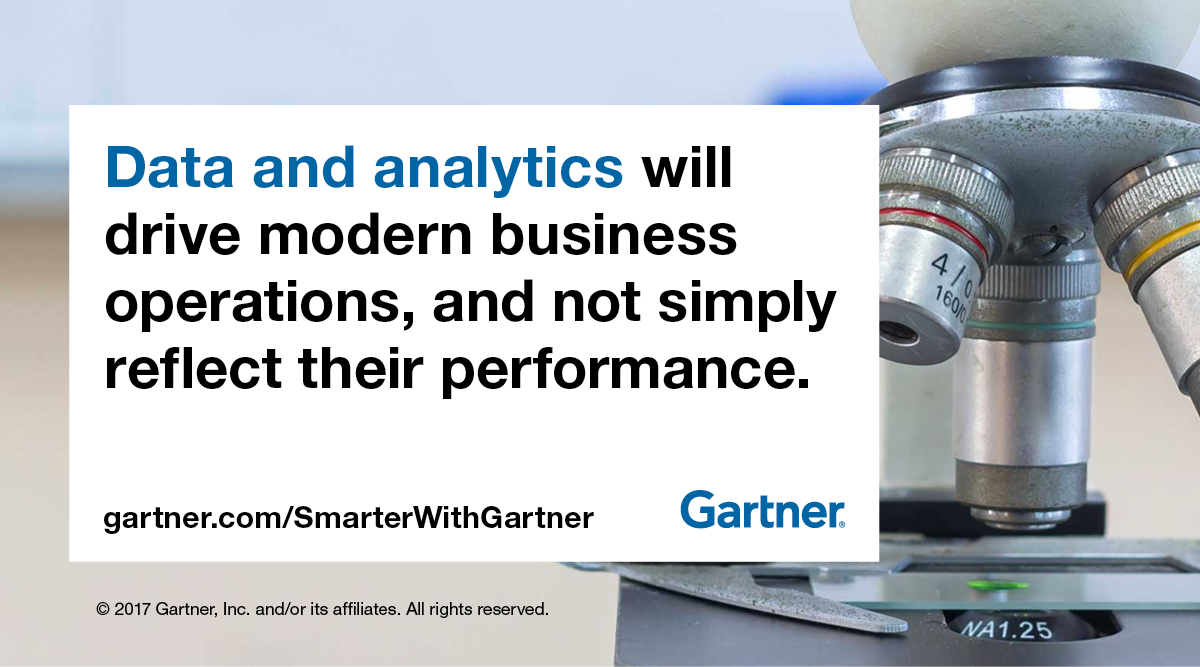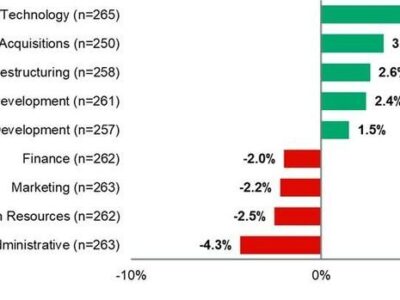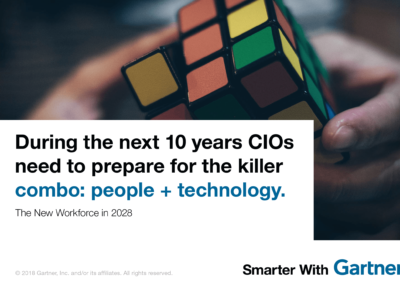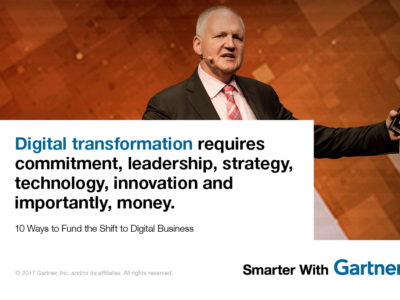In 2017 the use of data and analytics will increase greatly, creating value both inside and outside organizations that have prepared for this shift.
To support a ‘data and analytics everywhere’ world, IT professionals need to create a new end-to-end architecture built for agility, scale and experimentation. Today, disciplines are merging and approaches to data and analytics are becoming more holistic and encompassing the entire business.
Forward-thinking organizations are already on this path. The value created will leave less-prepared competitors trailing in their wake in everything from customer analytics to data monetization to operations planning and more.
Shifting the way organization uses data and analytics more toward driving business operations requires a new approach to data architectures
Ted Friedman, vice president and distinguished analyst at Gartner cites three key trends that will drive this profound change in the use of data and analytics:
- Data and analytics will drive modern business operations, and not simply reflect their performance.
- Organizations will take a holistic approach to data and analytics. Businesses will create end-to-end architectures that will allow for data management and analytics from the core to the edge of the organization.
- Executives will make data and analytics part of the business strategy, which will allow data and analytics professionals to assume new roles and create business growth.
Shifting the way organization uses data and analytics more toward driving business operations requires a new approach to data architectures, which many organizations are already building. Last year Gartner research found that 45% of IT professionals had indicated that new data and analytics projects were in the “design” and “select” phases.
However, existing data architectures are in most cases not ready for the future of data and analytics. Digital business requires architectures that are purpose-built and flexible to adapt to an organization that expands its data and experiments with it. The rapid scalability of cloud computing infrastructure can make this possible. It’s no longer a question of “if” for using cloud for data and analytics, it’s “how.”
Key Recommendations
Gartner recommends data and analytics leaders work proactively to spread analytics throughout their organisation, to get the largest possible benefit from enabling data to drive business actions. This means that analytic capabilities need to be embedded widely: at the points where user interactions and processes are taking place.
Data and analytics professionals also need to embrace the new roles created by this increased demand, and develop both technical and professional skills that support the end-to-end architecture vision. They can act as vanguards, expanding proven skills and techniques into new business units and areas in the organization.
As data and analytics become more widely adopted than ever before, the potential for business growth is truly exponential rather than just cumulative. Those who fail to act today will suffer not just in 2017, but also hugely limit their potential for growth in 2018 and beyond, as the returns from increased insight, responsiveness and efficiency snowball.
Get Smarter
Client Research
Gartner clients can read more in the research note: 2017 Planning Guide for Data and Analytics.
Gartner Data & Analytics Summits
Gartner analysts will provide additional analysis on data and analytics leadership trends at the Gartner Data & Analytics Summits, taking place February 20-21 in Sydney, March 6-9 in Grapevine, Texas, March 20-22 in London, March 23-24 in Tokyo, June 6-7 in Mumbai and June 20-21 in Sao Paulo, Brazil. Follow news and updates from the events on Twitter using #GartnerDA.










